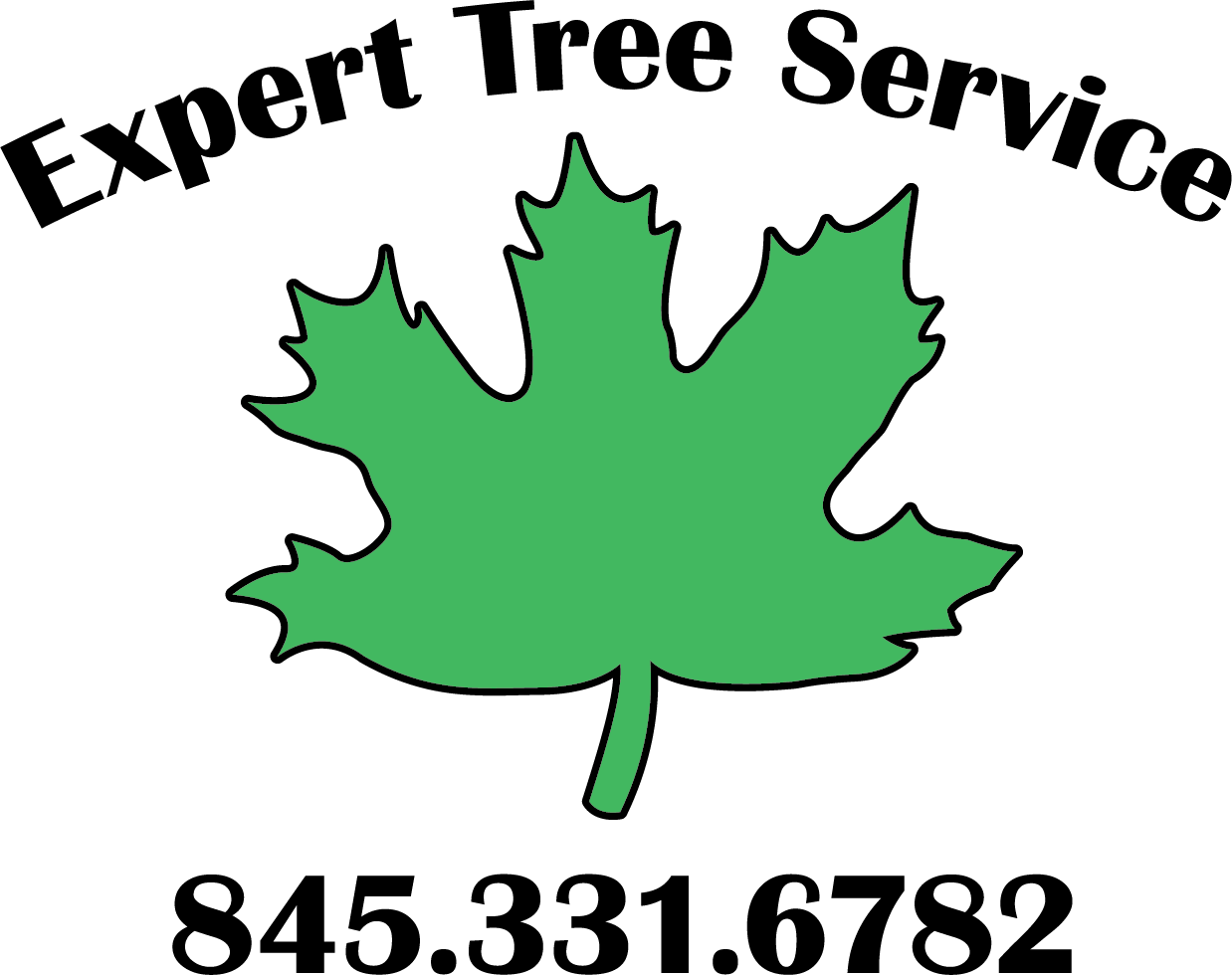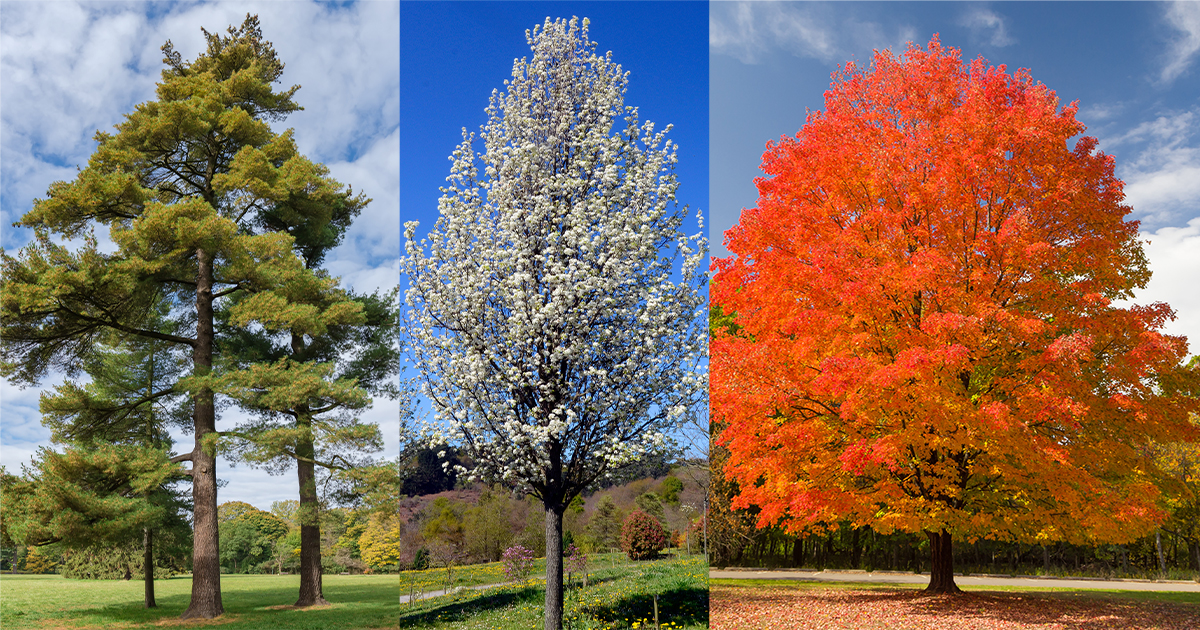Trees are a big deal in Kingston, NY. The city has been named a “Tree City USA” for 27 straight years, because it meets the following conditions:
• Maintains a tree board or department.
• Has community tree ordinance.
• Spends at least $2 per capita on urban forestry.
• Celebrates Arbor Day.
The City has a seven-member tree commission that works with the Kingston Planning Office and Street Treet Planting Program, and also facilitates workshops for residents in skills like basic pruning. Just in September of 2023, the federal government allocated $528,600 to Kingston to “build the capacity of its urban forestry, increasing tree canopy cover, combating invasive species, and improving climate resiliency.” The money will also help Kingston reach its goal of planting 1,000 trees by 2030.
In 2018, the City produced a report called a Tree Inventory. Although it doesn’t cover trees on private property, it did provide a breakdown of the 5,237 trees owned by the City of Kingston along rights of way and in public parks.
Here are the most common trees you can find in Kingston, along with some tips about how to care for them.
Do you need help with maintaining or removing a tree? Give us a call at 845-331-6782 or check out our tree removal and maintenance services here.
1. Norway Maple (Acer Plantanoides) – 515
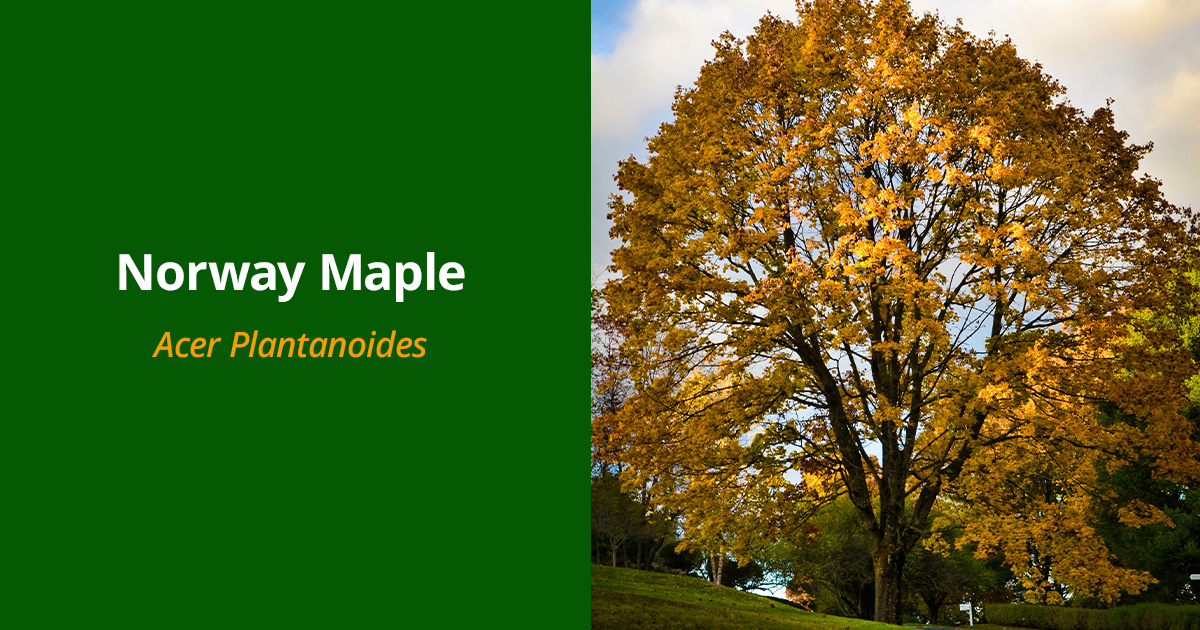
It’s important to periodically inspect your Norway Maple for signs of the Verticillium wilt, a common disease affecting this species. Furthermore, these trees are susceptible to tar spot, which, although primarily cosmetic, can lead to early leaf drop. We recommend seasonal check-ups, proper pruning, and consulting with a professional arborist to ensure the health and longevity of your Norway Maple.
2. Thornless Honey Locust (Gleditsia triacanthos forma inermis): 396
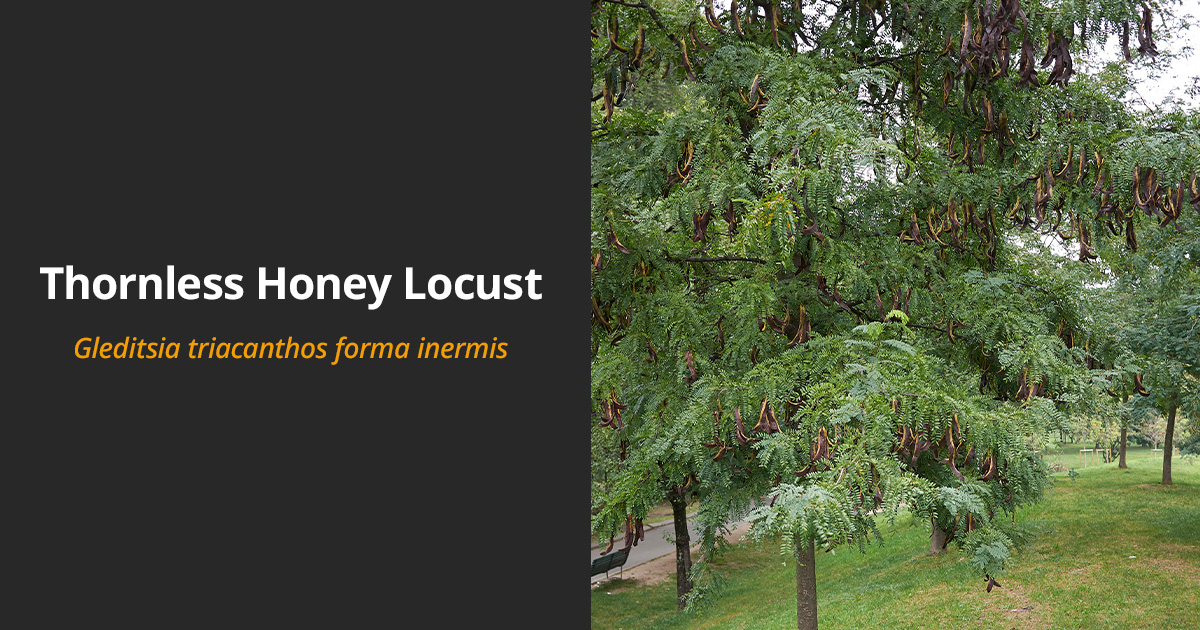
This tree is well-suited for our region’s urban and suburban landscapes, and is often celebrated for its delicate, fern-like foliage and adaptability to varied soil and environmental conditions. However, Thornless Honey Locust owners should be vigilant about potential pests like the honeylocust plant bug and spider mites, which can cause discoloration and premature leaf drop. Additionally, be on the lookout for cankers, a fungal disease that can damage the bark. Regular inspections, proper watering, and timely pruning can mitigate these concerns.
3. Ornamental Pear (Pyrus calleryana): 326
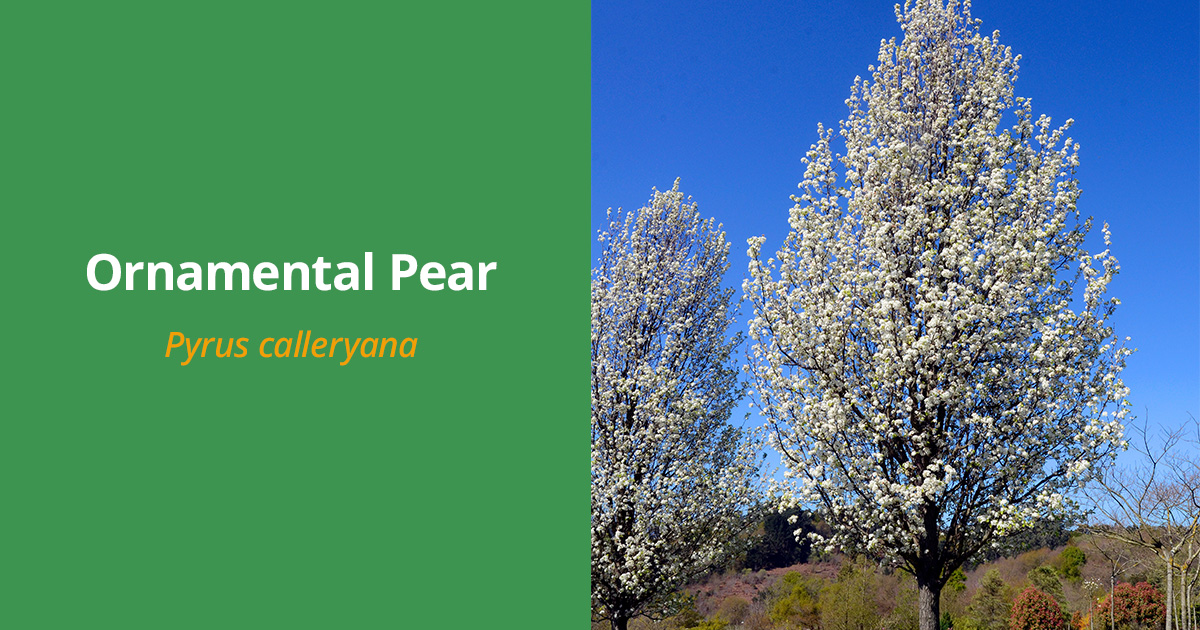
Ornamental Pears can be susceptible to certain issues. Fire blight is a particular concern, manifesting as a sudden wilting and blackening of branches, resembling fire damage. Additionally, these trees have a tendency to grow with tight branch angles, making them prone to splitting during heavy snow or wind storms. To maximize the health and longevity of your Ornamental Pear, we recommend regular pruning to improve its structure and periodic inspections for signs of disease.
4. Sugar Maple (Acer saccharum): 300
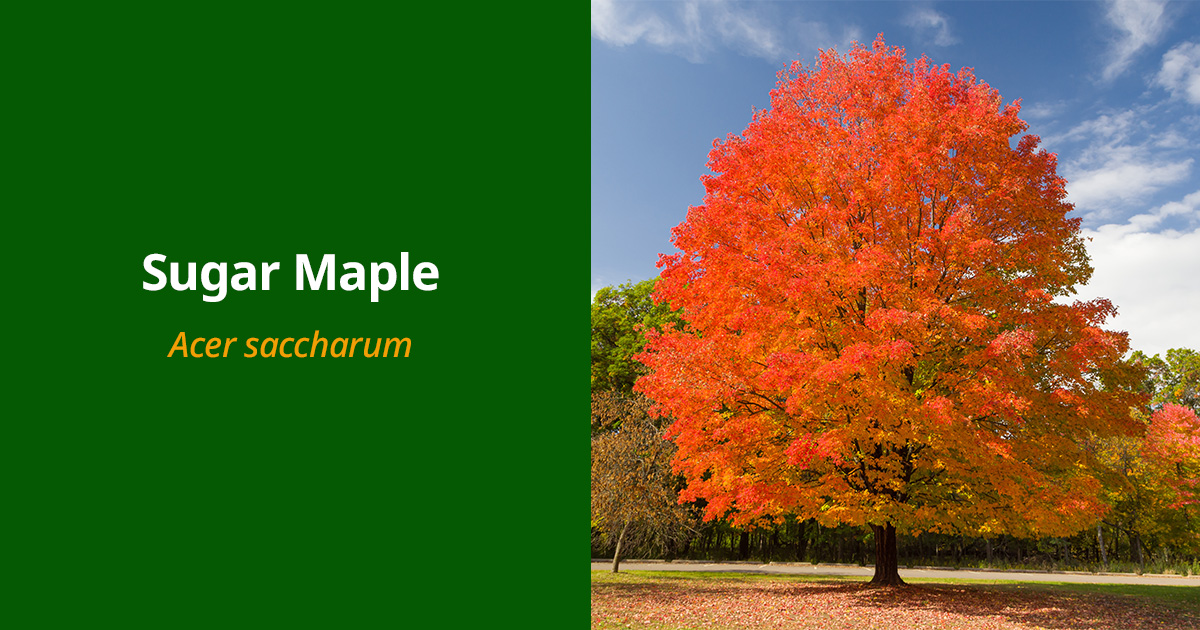
While Sugar Maples are generally hardy, they can be sensitive to soil compaction, road salts, and urban pollution. These stressors can cause leaf scorching and reduced vigor. Additionally, the tree is occasionally susceptible to pests like the Asian long-horned beetle and diseases such as Tar Spot. Proper mulching, watering during dry periods, and periodic health checks are essential. We always encourage tree owners to undertake routine inspections and to consider professional pruning to help maintain your Sugar Maple’s health and majestic stature.
5. Red Maple (Acer rubrum): 219

This tree stands as one of the most versatile and widely planted hardwood trees in North America. Its fiery fall foliage is a spectacular sight and a testament to the beauty of our region. While Red Maples are generally adaptable, they do have a susceptibility to pests such as the Red Maple Borer and diseases like Verticillium wilt. It’s also important to be mindful of their sensitive root systems, which can be easily damaged by lawn mowers or other disturbances. Proper mulching can help protect these roots, while ensuring good drainage can prevent potential fungal issues. For the longevity and splendor of your Red Maple, we recommend periodic health evaluations and expert pruning services
6. Black Locust (Robinia pseudoacacia): 156
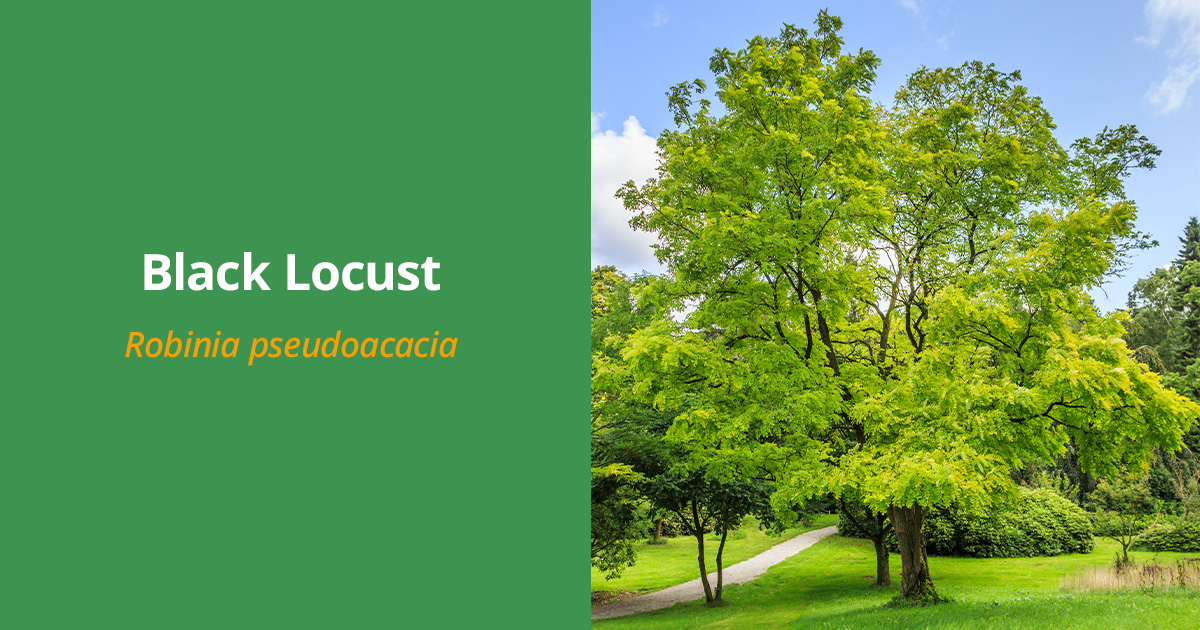
If you have a Black Locust on your property, you’re nurturing a resilient, fast-growing tree known for its rot-resistant wood and fragrant spring blossoms. While the tree is adaptable to various conditions, it is still prone to issues like the locust borer, a beetle that can significantly weaken its structure. Additionally, the tree can sometimes spread aggressively through root suckers, which might require management to maintain your desired landscape. Proper pruning is essential to prevent any potential structural problems, and the removal of deadwood can deter pests.
7. Silver Maple (Acer saccharinum): 121
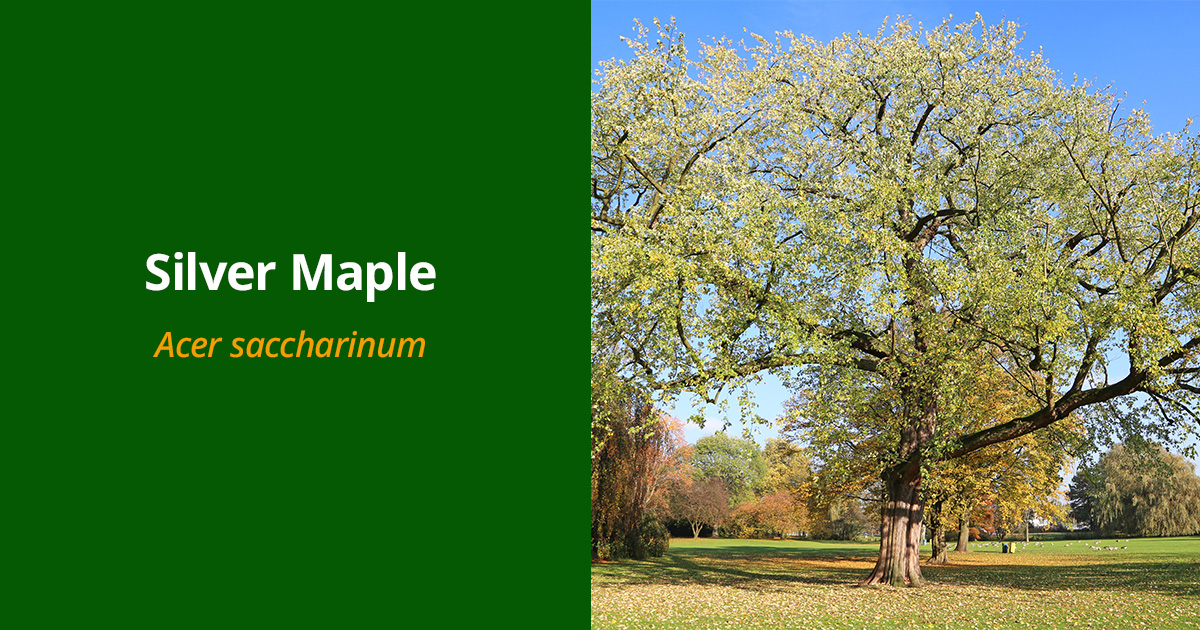
This species, with its distinctive silver underside of leaves, adds an elegant touch to many landscapes. However, with its rapid growth, the Silver Maple can sometimes develop weak wood and brittle branches, making it more susceptible to storm damage. It’s crucial to keep an eye out for signs of fungal infections or potential infestations by pests like the borers. Regular pruning, especially when the tree is young, can help in shaping its structure and reducing the risk of breakage
8. Little-Leaf Linden (Tilia cordata): 119
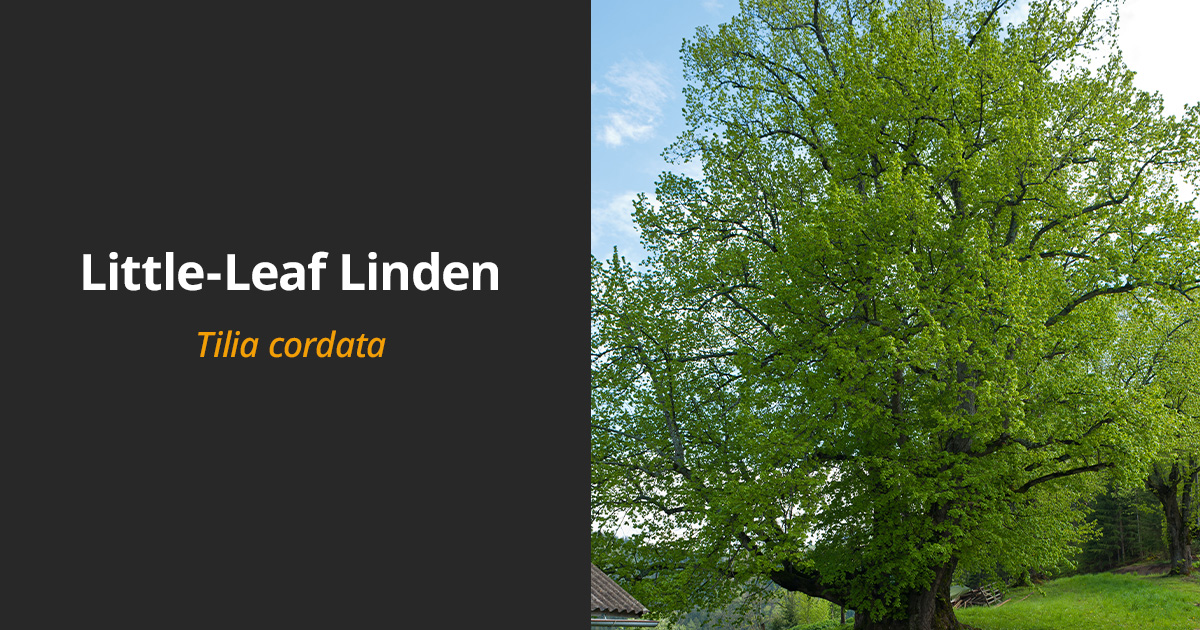
This tree is celebrated for its fragrant flowers and dense canopy, providing lovely shade during the warm months. At Expert Tree Service, we’d like you to be aware that while the Little-Leaf Linden is relatively hardy, it can occasionally be a target for aphids. These pests excrete a substance called honeydew, which can lead to the development of sooty mold on the leaves.
9. White Pine (Pinus strobus): 107

White Pine stands tall as an iconic native conifer, prized for its long, soft needles and distinctive appearance. If you’re lucky enough to have a White Pine gracing your property, there are a few things you should be aware of to ensure its health and longevity. White Pines can be susceptible to white pine weevil and blister rust. The former can cause the tips of branches to wilt and turn brown, while the latter manifests as orange, blister-like pustules on the branches. Furthermore, these trees are sensitive to air pollution and road salt, so placement and protection are key.
10. Eastern Hemlock (Tsuga canadensis): 102

Eastern hemlock serves not only as an ornamental gem but also as a refuge for various wildlife. The tree is vulnerable to the hemlock woolly adelgid. This tiny insect, recognized by the white, woolly masses it leaves on the underside of branches, can seriously weaken and even kill a Hemlock if left unchecked. Moreover, Eastern Hemlocks prefer cool, shaded, and moist environments, making proper placement vital for their health.
Here’s the rest of the list:
11. American Sycamore (Platanus occidentalis): 101
12. Norway Spruce (Picea abies): 99
13. Pin Oak (Quercus palustris): 98
14. Maidenhair Tree (Ginkgo biloba): 59
15. Eastern Red Cedar (Juniperus virginiana): 58
16. Colorado Spruce (Picea pungens): 57
17. Siberian Elm (Ulmus pumila): 47
18. Japanese Maple (Acer palmatum): 41
19. Japanese Flowering Cherry (Prunus serrulata): 38
